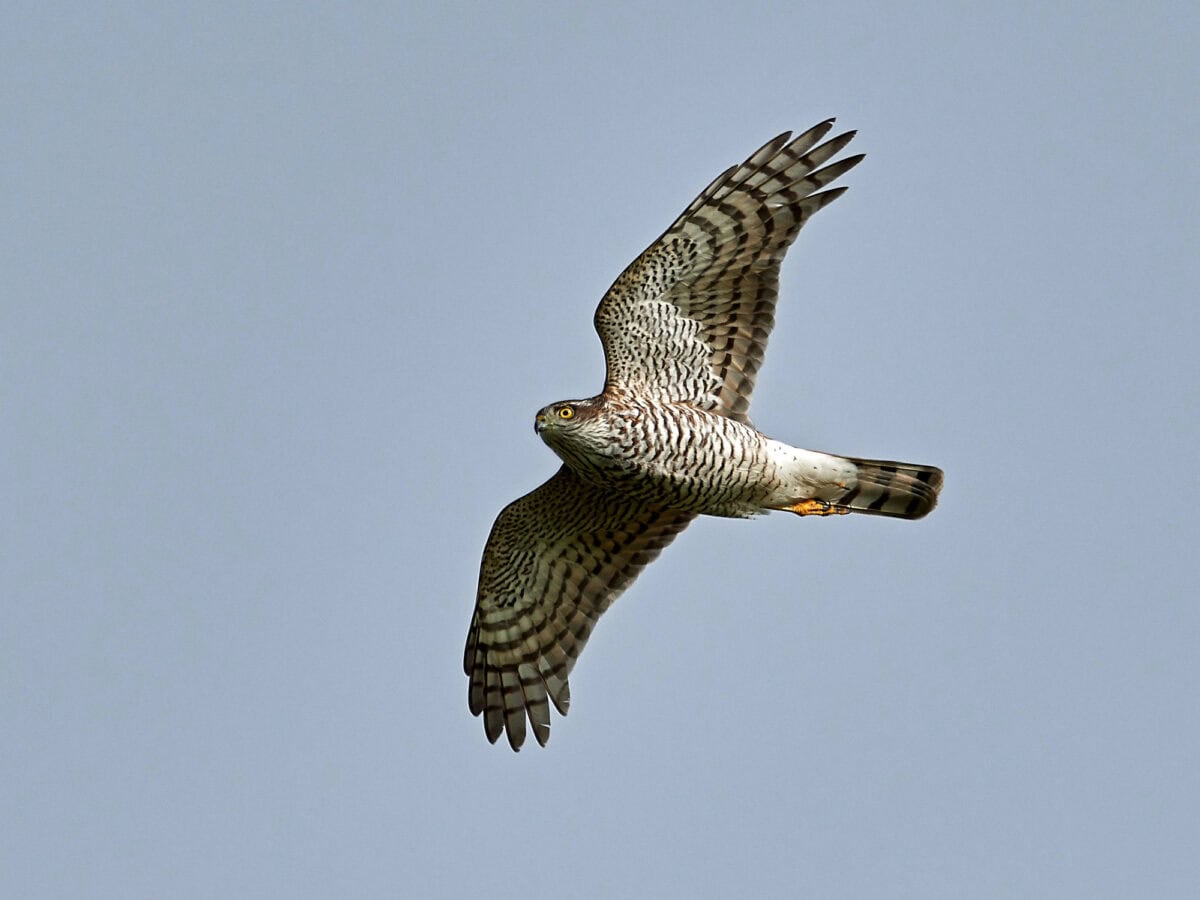France, renowned for its rich history and cultural heritage, is also home to an impressive array of wildlife. From the lush forests in the north to the Mediterranean coast in the south, France’s diverse habitats provide a sanctuary for various animal species. Whether you’re a wildlife enthusiast or just curious about France’s natural inhabitants, this article introduces you to ten remarkable animals and their importance to the country’s ecosystems.
1. European Bison
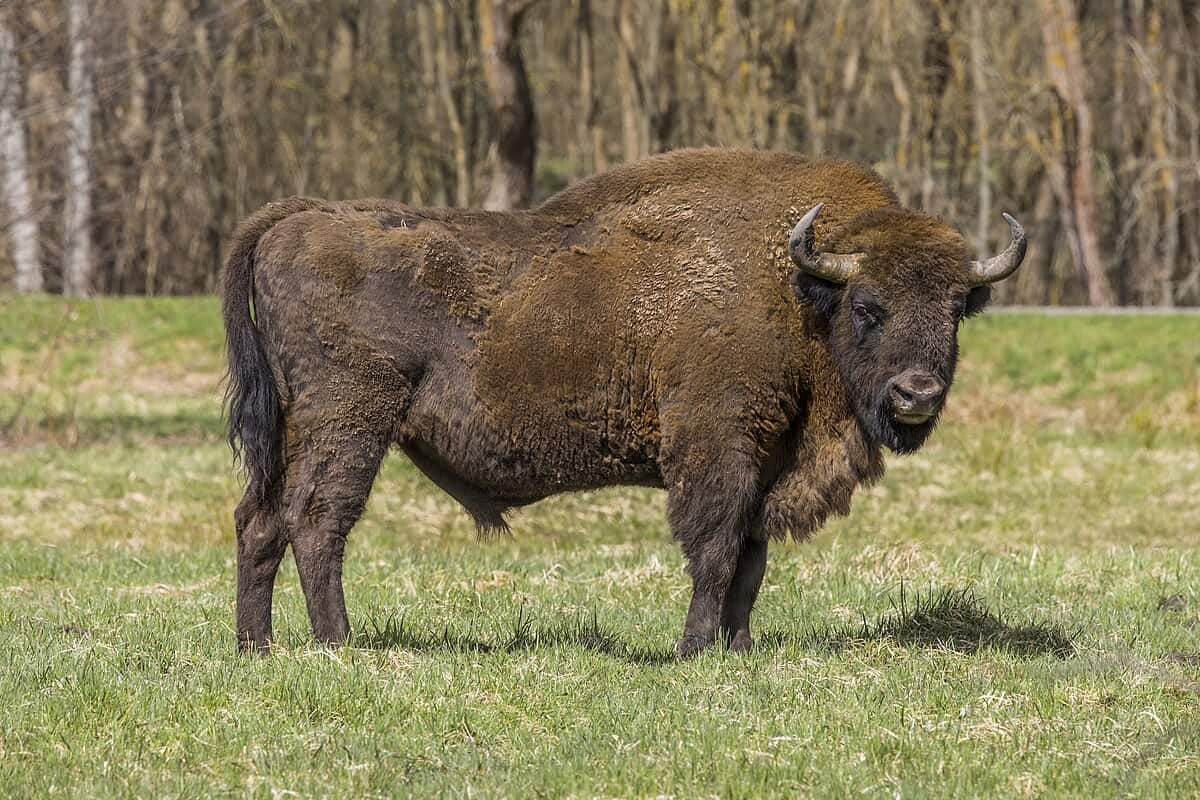
The European Bison, also known as the wisent, is a symbol of wildlife conservation in Europe. Once on the brink of extinction, this majestic creature has made a significant comeback thanks to rewilding efforts. In France, you can find these magnificent animals in select nature reserves, such as the Sainte-Croix Animal Park. The European Bison plays a crucial role in maintaining the structure of European forests, promoting biodiversity by creating open areas that benefit numerous plant and animal species.
2. Eurasian Lynx

The elusive Eurasian lynx is the largest feline in Europe and a key predator in its ecosystem. It controls prey populations such as deer and rabbits. Reintroduced into the forests of the Vosges and Jura Mountains, lynxes have begun to thrive once again. Their presence is a testament to successful ecological restoration efforts, and their secretive nature adds an element of mystery to their spotting.
3. Alpine Marmot

The Alpine marmot is an endearing inhabitant of the French Alps. Known for their distinctive whistle as a warning call against predators, these sociable creatures live in large family groups. Marmots are a favorite sight for hikers exploring the French mountains, and they play a vital role in the alpine environment by aerating the soil and influencing vegetation patterns.
4. Red Deer

As one of the largest deer species in Europe, the red deer is a familiar sight in French woodlands and national parks, such as the renowned Mercantour National Park. Known for their impressive antlers and dramatic rutting displays, red deer are an integral part of the forest ecosystem. They help maintain healthy plant communities and provide sustenance for predators.
5. Bonelli’s Eagle
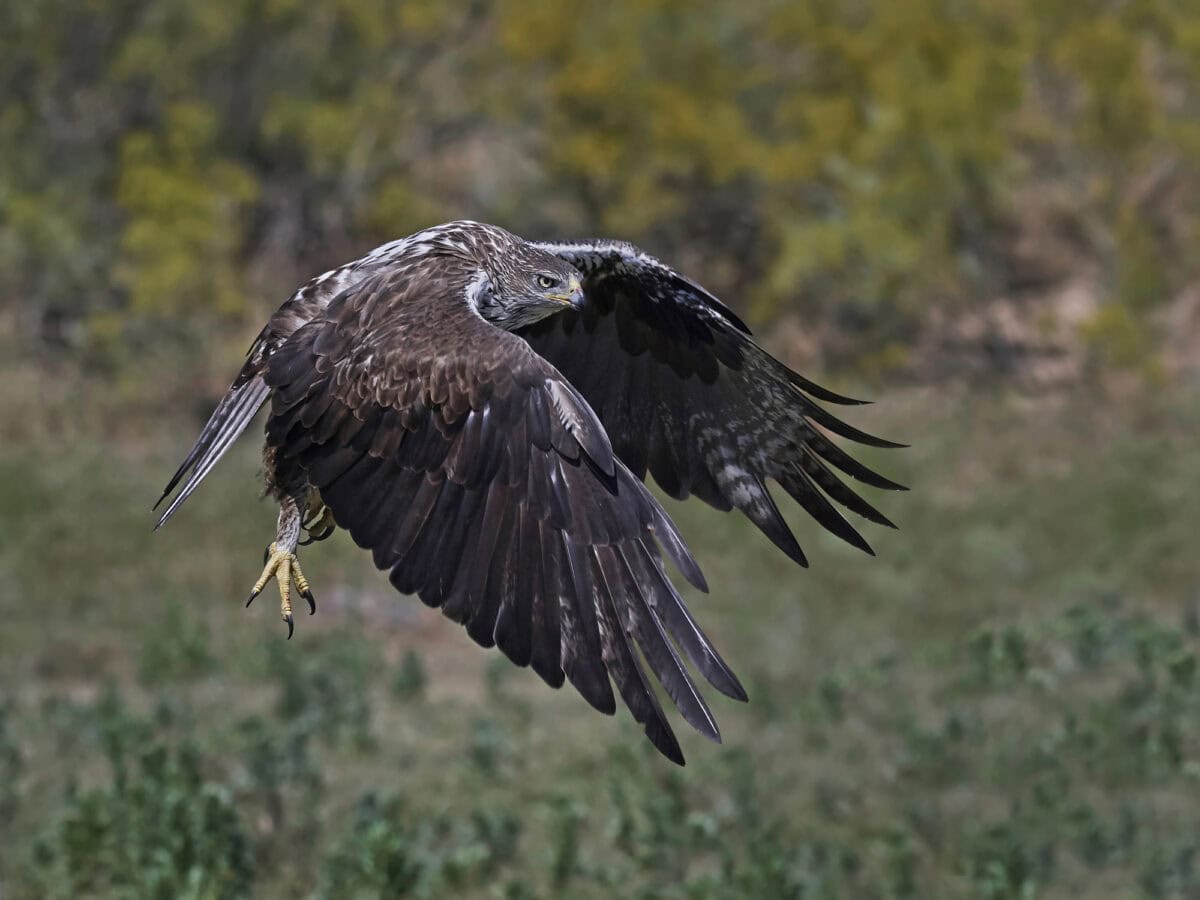
Bonelli’s eagle is a notable raptor found in southern France, especially in the Provence and Languedoc regions. This powerful bird of prey features striking golden-brown plumage and exceptional hunting skills. Unfortunately, habitat loss and human activity threaten these eagles, emphasizing the importance of conservation efforts to protect their populations.
6. Western European Hedgehog
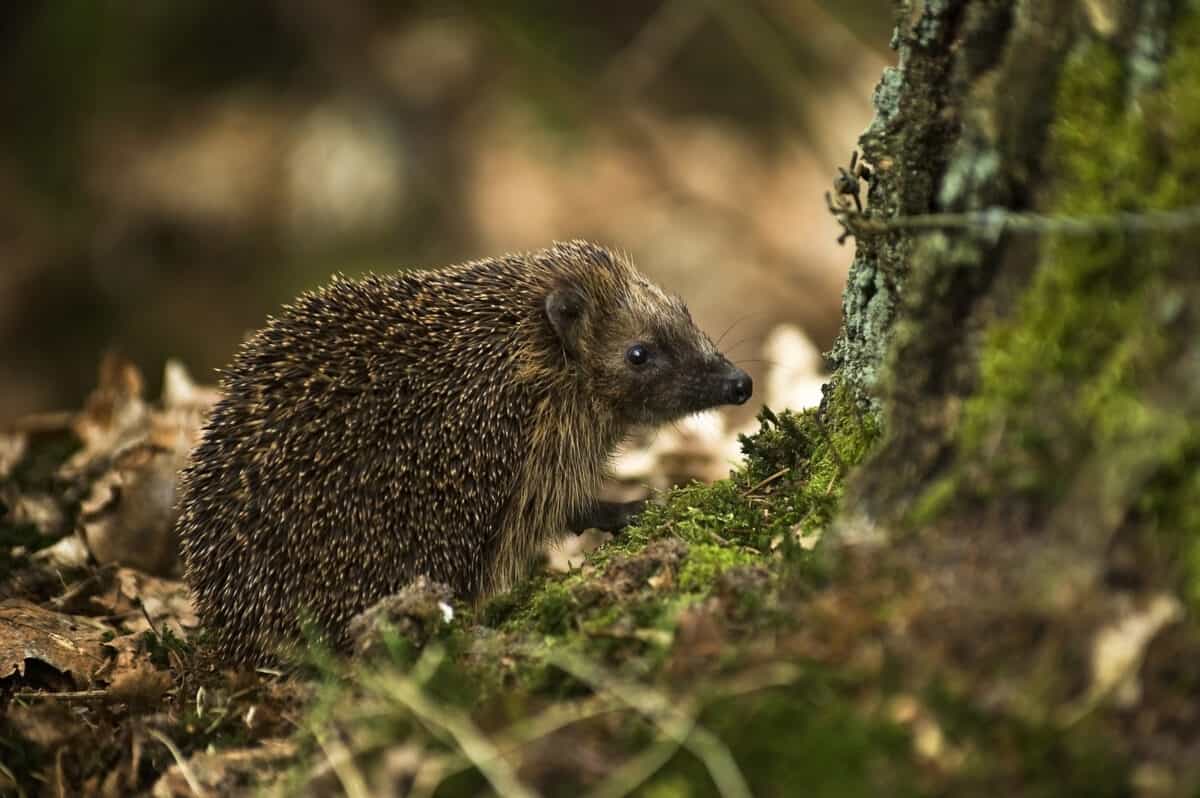
The Western European hedgehog is an iconic creature found throughout France, from rural countryside to urban gardens. With their spiny protection and nocturnal habits, hedgehogs help control insect populations, making them a gardener’s ally. Despite their adaptability, many hedgehogs face risks from habitat fragmentation and road traffic.
7. Pyrenean Desman
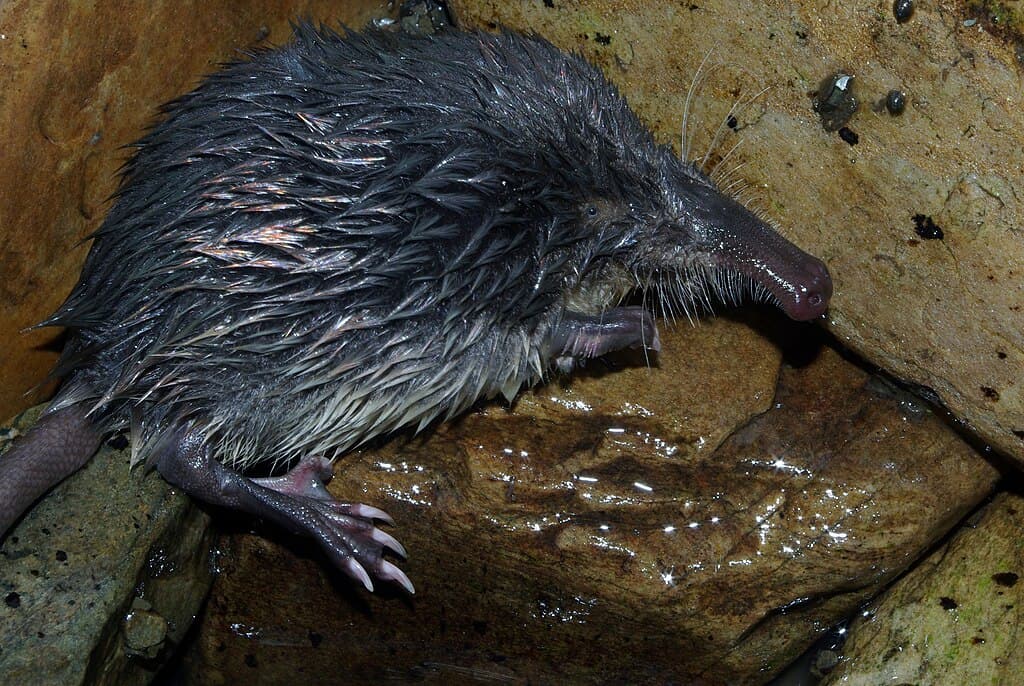
The Pyrenean desman is a unique small mammal that lives in the freshwater streams of the Pyrenees. With a long snout and webbed feet, it’s well-adapted for an aquatic lifestyle. This rare species is an indicator of the health of freshwater ecosystems, and protecting its habitat ensures the preservation of crucial biodiversity in these regions.
8. Flamingos in the Camargue

The Camargue National Reserve, located in the Rhone Delta, is famous for its vibrant population of Greater Flamingos. These striking birds, with their pink plumage and graceful stance, form spectacular flocks and draw birdwatchers from all over the world. Flamingos contribute to the ecology of wetlands by stirring up nutrient-rich mud, which supports various aquatic organisms.
9. Chamois

The chamois, a nimble goat-antelope, thrives in the mountainous regions of France, particularly the Alps and the Pyrenees. Known for their incredible agility, chamois are well-adapted to steep, rocky terrains. As herbivores, they influence vegetation dynamics, contributing to the biodiversity of alpine and subalpine environments.
10. Wolves in the Mercantour
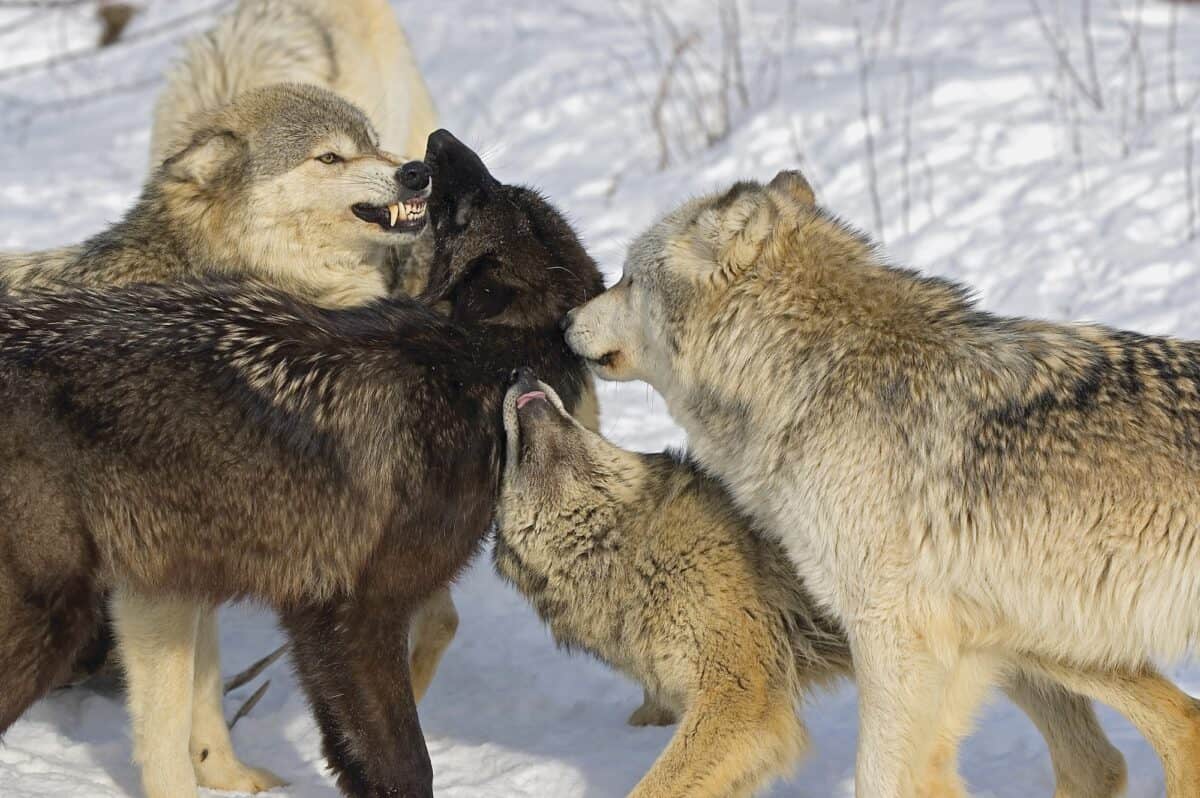
Wolves have been successfully reintroduced to the Mercantour National Park, becoming a symbol of wilderness and ecological balance. As top predators, wolves help regulate prey populations such as deer and boar, which in turn supports plant regeneration. Their presence in France has sparked discussions on human-wildlife coexistence, highlighting the complexity of managing natural habitats.
Conclusion

France’s wildlife is as diverse and captivating as its cultural landscape. From the forests to the mountains and wetlands, each habitat supports unique species that contribute to ecological balance and biodiversity. Understanding and appreciating these animals not only enriches our knowledge but also emphasizes the importance of conservation efforts. As you explore the natural wonders of France, look for these extraordinary creatures and the intricate roles they play in their environments.
- 12 Birds That Change Color Seasonally - August 25, 2025
- 12 Secrets of the Animal Kingdom You Did Not Know - August 25, 2025
- 14 Surprising Places You Can Spot Rare Birds - August 25, 2025

